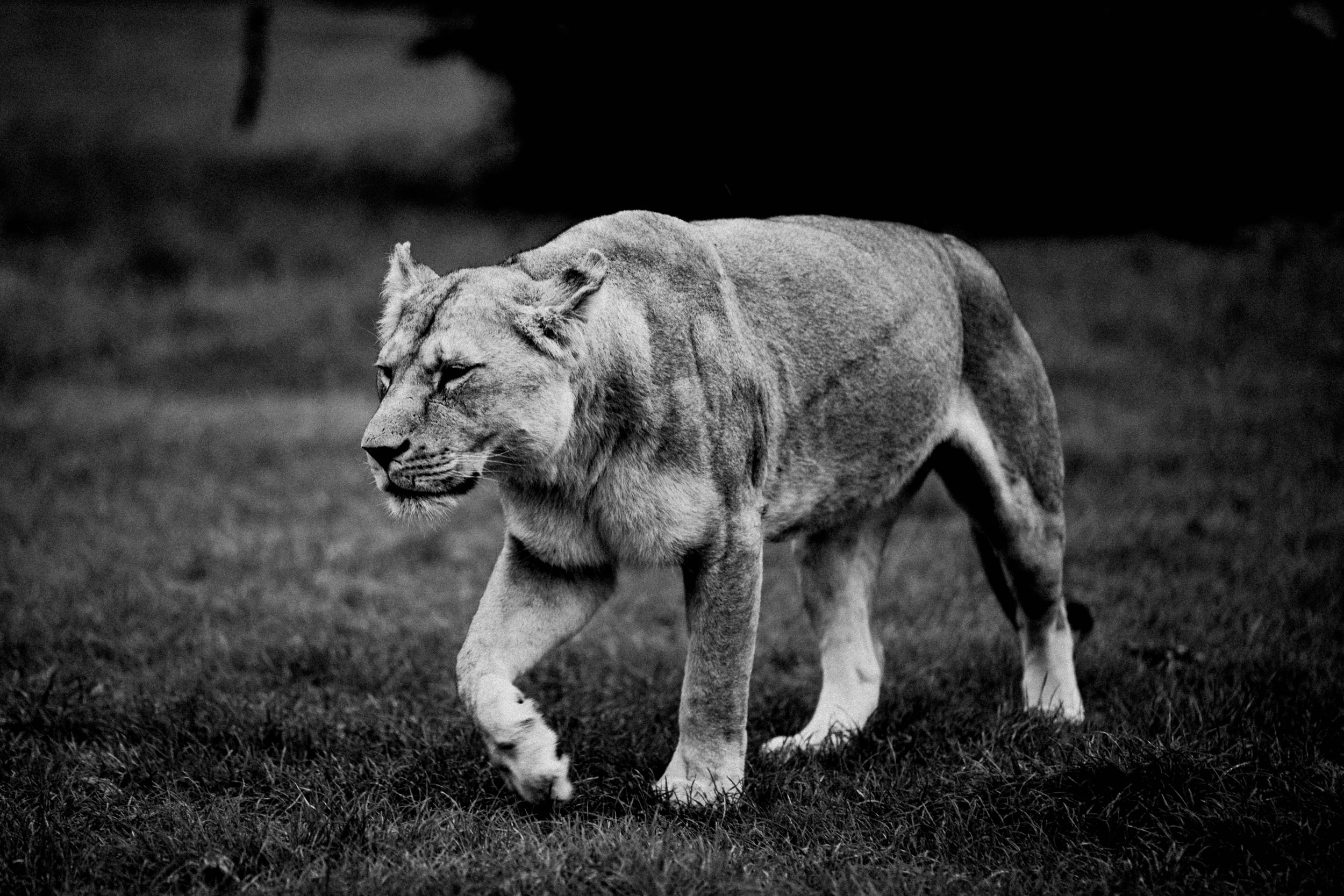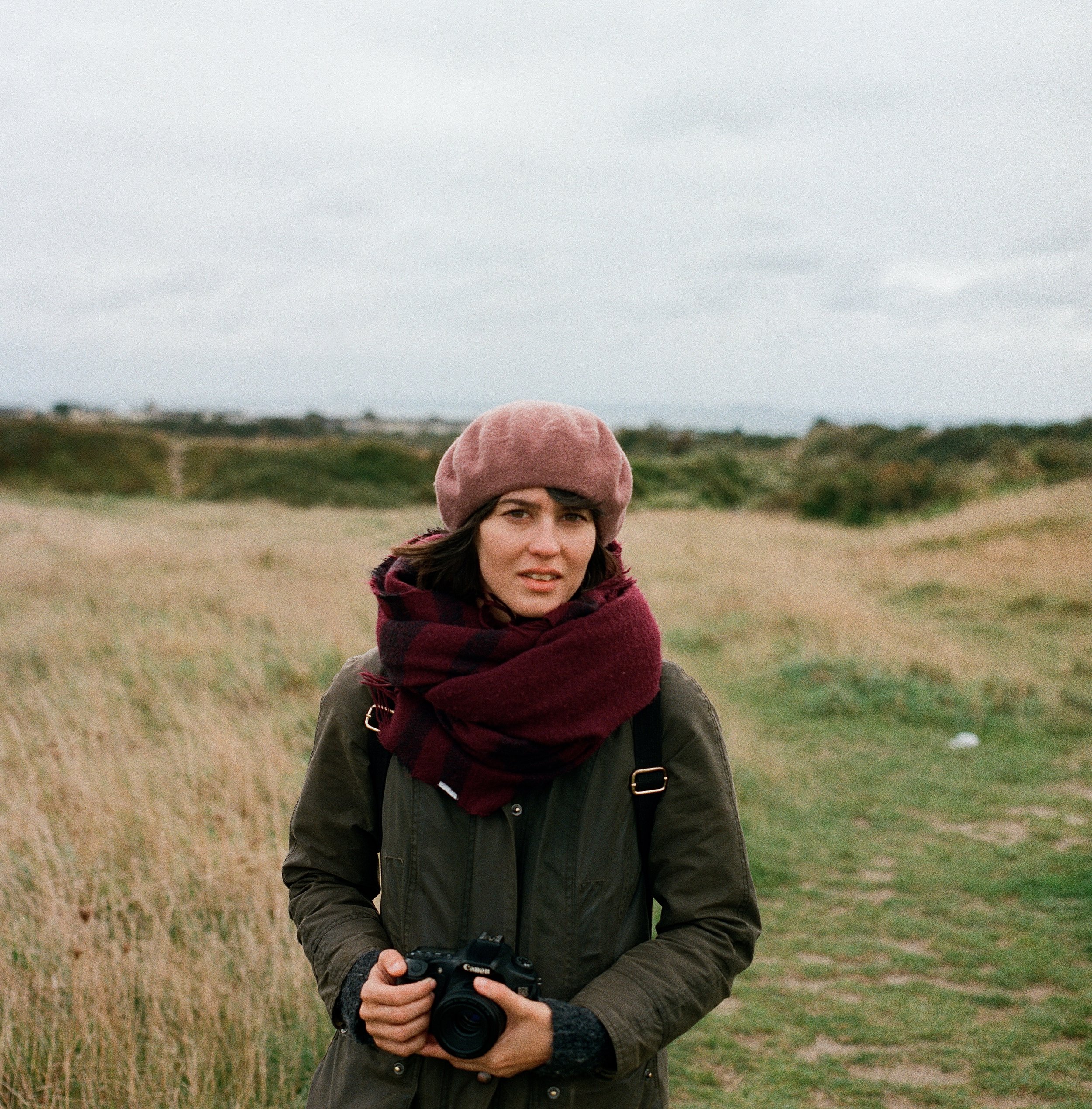Capturing the Quirks of Portland with a Zenza Bronica
Zenza Bronica S2
For this trip around Portland, I packed two cameras: a classic Zenza Bronica S2, originally my mum’s, and a digital setup for faster, everyday shots. The Bronica was a heavyweight addition—literally and metaphorically. Built in the 1960s, the S2 is a tank of a camera, solid and fully manual, offering 6x6 square negatives that really let you capture the scene’s details. With the Bronica in one hand and a digital camera in the other, each place we visited could be captured in two ways: one straightforward, modern, and polished; the other grainy, textured, and imperfect. Let’s see if you can tell which image is which.
Each destination on our trip held its own layer of history, and it felt only right to document them with a camera that’s become a bit of an heirloom in itself.
Abbotsbury
The Zenza Bronica S2: A Medium-Format Icon with Family Roots
The Zenza Bronica S2 was released in 1965 as an affordable alternative to the Hasselblad, though "affordable" might be pushing it by today’s standards. Known for its large, square frames and a weight you don’t soon forget, it’s a favorite for portrait and landscape work because of the depth and detail it can capture. My mum’s Bronica needed a few upgrades to be road-ready. I swapped out the waist-level viewfinder for a metered prism to save time with light adjustments, upgraded the lens to a portrait-friendly one, and replaced the 220 film back with a 120 back. Since 220 film is rare now, I had to compromise a bit, and each shot was loaded with black-and-white film—a choice that felt right for the textures and contrasts of this part of Dorset.
The Bronica’s quirks, from light leaks to an occasional rough scratch across the negatives, made every shot feel unique, especially compared to the crisp precision of digital.
Abbotsbury
Abbotsbury
Abbotsbury
Abbotsbury
Abbotsbury: Tea, Cake, and the Abbots’ Festive Spree
Our first stop was Abbotsbury, a village known for its 11th-century abbey and quaint, timeless feel. The Abbey of Abbotsbury has a unique place in history. Built by Cnut, or Canute the Great, it became a hub of monastic life and, intriguingly, once hosted the Abbots’ Spree—a festival of wild revelry each autumn. The spree originally marked the end of the harvest season and evolved into an occasion for abbots and villagers alike to let loose, drink, dance, and generally behave in ways you wouldn’t expect of a quiet monastic village.
Today, there’s a subdued version of the spree each year, where traditions linger, and the village gets a bit of a festive spark. The remnants of the abbey itself are humble yet powerful, adding to the quiet charm of Abbotsbury’s craft shops and tea rooms. My brother took us to a few of his favorite spots, where handmade pottery, textiles, and paintings filled the shops, and the abbey ruins made for the perfect setting to try out the Bronica. Capturing these scenes in black and white suited Abbotsbury’s atmosphere, the stone walls and narrow lanes coming out grainy and detailed in a way that gave a different, almost aged quality to the village.
Abbotsbury
Abbotsbury
Abbotsbury
Longleat Safari and a House of Firsts
The next stop was Longleat, a place that wears a unique blend of opulence and innovation. Built in 1580, Longleat House was the first stately home in England to open to the public, and in 1966, it made history again by becoming the first drive-through safari park outside of Africa. The house itself, with its Elizabethan architecture, paintings, and rich interiors, seemed right at home on the Bronica. The heavy, symmetrical lines and dramatic shadows in the square frames made Longleat House look even more stately and imposing.
Longleat House
Longleat House (digital)
Longleat House (kodak portra 400)
Longleat House
Longleat House
In the safari park, the Bronica’s black-and-white film brought out a boldness in the animals—lions, monkies and zebra took on a sharper, classic feel. The digital camera, on the other hand, had a way of capturing details up close on moving subjects that the Bronica just couldn’t—like the individual hairs on a monkies face coat or the fine texture of a lion’s mane. And the meerkats, who scampered over us during our close-up encounter, were a challenge even with the Bronica’s upgrades, but the shots that worked were surprisingly sharp, capturing them with expressions that almost feel staged.
Longleat
Longleat
Longleat
Longleat
Longleat
Longleat
Longleat
The Quarries of Portland and the Sculptor’s Trail
Next up, we visited Portland’s ancient quarries, a place that feels like a blend of nature and human history. The Portland stone taken from these quarries has a legacy that stretches across centuries. It built St. Paul’s Cathedral, Buckingham Palace, and even the United Nations headquarters in New York. The quarrying process dates back to Roman times, and remnants of this long history remain, with cliffs and pits showing the layers of years carved away. Walking around the cliffs, you get the sense that each cut and crevice has its own story—a point the Bronica, with its stark black-and-white effect, captured perfectly.
We followed the Sculptor’s Trail, where modern artists have carved faces, symbols, and shapes directly into the quarry stone, blending history with a fresh perspective. The Bronica’s square format frames these carvings with a certain severity, bringing out the shadows and lines as though the stone itself is speaking. The digital camera, meanwhile, brought out the smaller, intricate details that are easy to miss in the big, blocky Bronica shots.
Quarries of Portland
Quarries of Portland
Quarries of Portland
Quarries of Portland
Quarries of Portland
Quarries of Portland
Quarries of Portland
Portland UK
Portland UK
Weymouth’s Coastline and the Quirky Squirrel Park
We also wondered around in Weymouth, a coastal town with Georgian architecture and a long history as a vacation spot, dating back to when King George III would spend summers there. My brother showed us around the promenade, where pastel beach huts, fishing boats, and old pubs line the shore. Weymouth’s Victorian boardwalks, worn by salt and sea air, had a soft glow in black and white. On digital, the beach colors and the bright sea brought out a completely different look, capturing Weymouth as it is today rather than a snapshot of the past.
Weymouth
Weymouth
The last stop of the day was Squirrel Park, a spot my brother was eager to show us. True to its name, it’s teeming with squirrels that have no shame in demanding snacks. They zipped around, pausing just long enough to glance at the Bronica before darting away, making it nearly impossible to catch them in any kind of organized fashion. A few shots on digital caught them in full color, mid-leap, but the Bronica shots captured something else—quieter, slightly blurred moments that give them a kind of ghostly charm.
Squirrel Park
Squirrel Park
Squirrel Park
Squirrel Park
A Trip in Layers: Digital vs. Film
Bringing both cameras was a decision I didn’t fully appreciate until I developed the film. The digital shots captured everything in vivid detail, showing each place as we saw it in real-time, but the Bronica’s shots were unpredictable and imperfect in a way that sometimes brought out details I hadn’t noticed myself. The camera’s flaws—light leaks, slight scratches, or unpredictable exposures—gave the black-and-white shots a character that felt closer to each place’s history.
It’s an interesting contrast: digital and film, sharp detail versus rough edges, modern accuracy against the Bronica’s older quirks. Each camera tells a different version of the same journey, and comparing the two might be the best way to see the subtle, surprising ways they each capture the world. So, if you’re up for the challenge, see if you can tell which images are from which camera—let the details (and maybe a few squirrel blurs) be your guide.






































